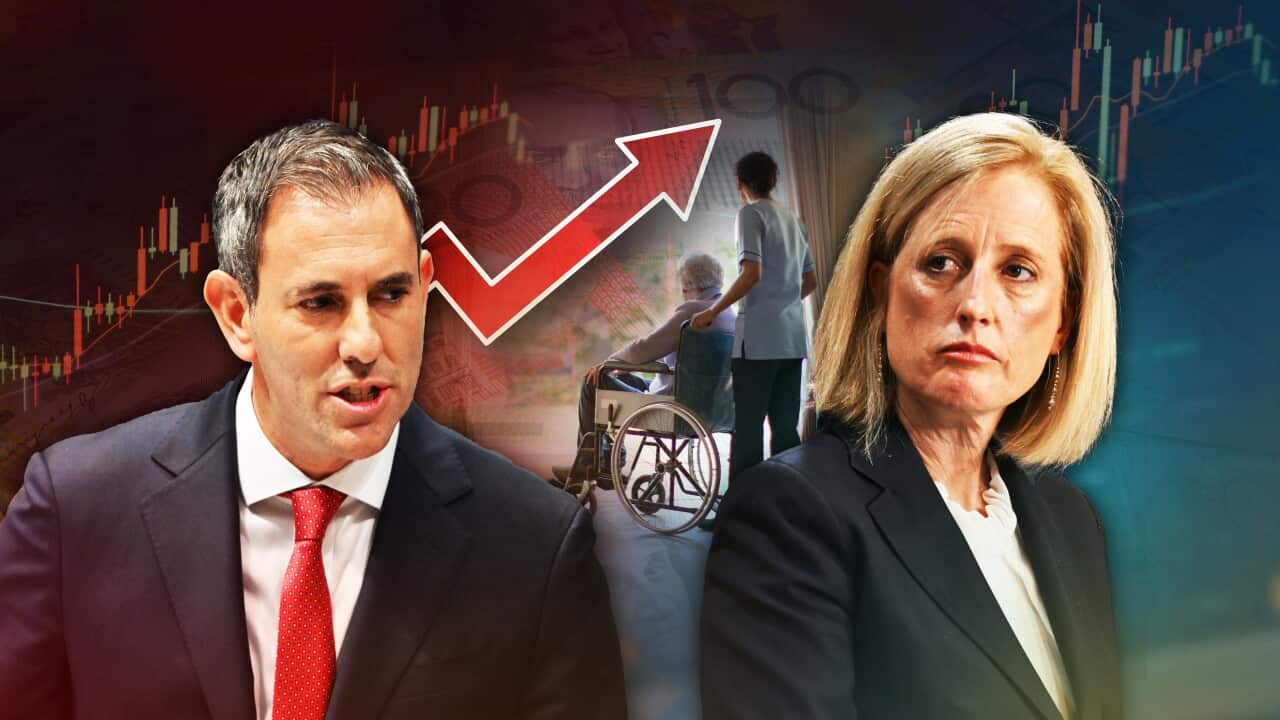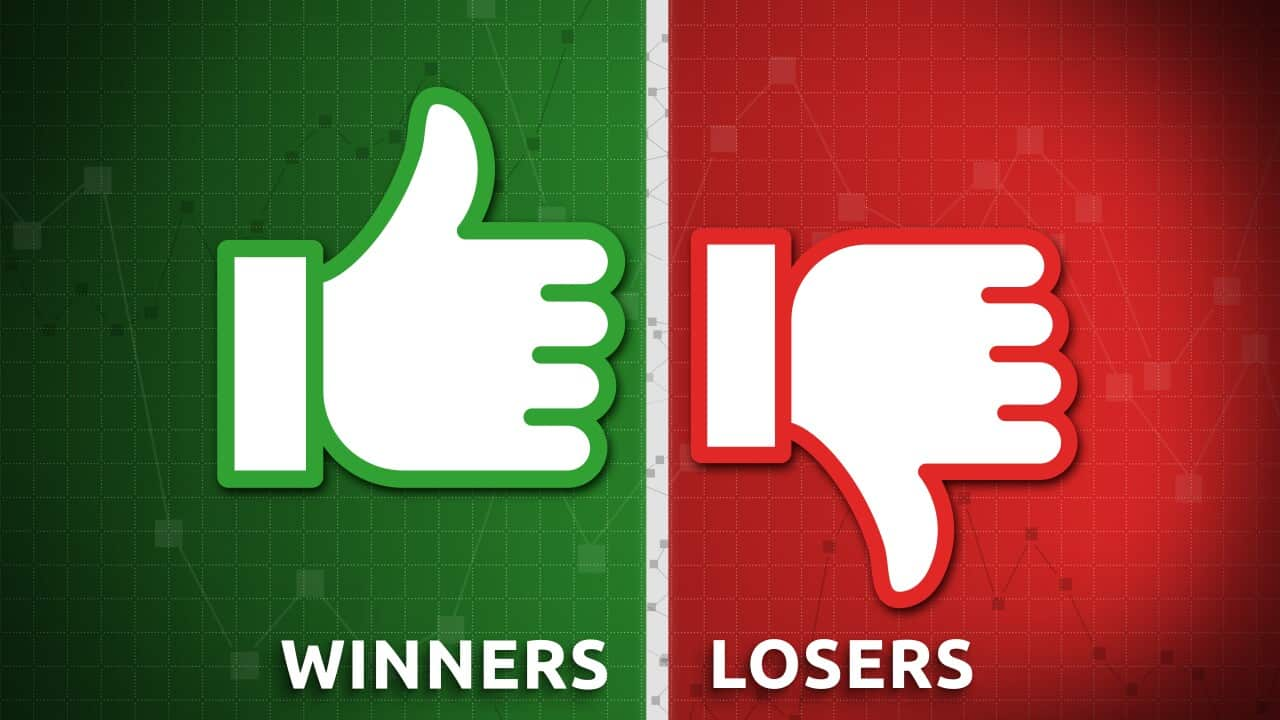KEY POINTS:
- The federal government has released its mid-year economic outlook.
- The outlook provides insight into measures it's taking to combat the cost-of-living crisis.
- The budget will return to deficit in 2023-24 as expected.
Australians battling a cost-of-living crisis won't get a Christmas cash injection, as the government prioritises bringing down inflation by banking its savings.
Often something that passes by the public, the Mid-Year Economic and Fiscal Outlook (MYEFO) is the government's chance to adjust course about halfway between budgets.
Treasurer Jim Chalmers delivered in May, posting a surplus while offering modest relief to renters and welfare recipients.
Six months on, the MYEFO report shows a razor-thin budget deficit but little new direct relief for struggling households.
Here are the key takeaways.

The government has released its mid-year budget updates. Source: AAP / Lukas Coch
Inflation still tipped to come down
No bad news on inflation.
The current annual rate is 5.4 per cent, leaving many households feeling the pinch.
And the MYEFO report warns a number of factors — the Hamas-Israel conflict, Russia's invasion of Ukraine, and changes in the Chinese economy — all pose "downside risks to growth".

Inflation is still expected to come down over the next year, despite overseas pressure. Source: AAP / Mick Tsikas
"While Australia’s inflation trajectory is similar to the experience of major advanced economies, inflation peaked later and lower than in most of these economies," it says.
Budget back in deficit, but it's not too deep in the red
The budget will return to a deficit in 2023-24.
But it's a small one — just $1.1 billion — which is nearly $13 billion better than predicted in last year's budget.

It was driven by windfalls from a spike in commodity prices, with deficits expected in coming years as those prices fall.
$10b in savings found, half going out
Nearly $10 billion will be pocketed, but more than half of that is earmarked for spending.
Finance Minister Katy Gallagher says almost all of the net spending measures were "unavoidable" and needed to "clean up the mess and resolve legacy issues" left by the former Coalition government.
That means more than half of the saved money ($5.2 billion) is going to be spent elsewhere:
- Ending the pandemic event visa ($1.5 billion)
- The continuing COVID-19 response, including aged care ($392 million)
- Responding to the Royal Commission into the Robodebt Scheme ($22 million)
Spending restraint
There is no major cost of living relief in the MYEFO, with the government instead opting to bank unexpected cash.
The government has resisted the temptation to redirect the money straight to households, fearing that would exacerbate inflation.
More than 90 per cent of tax receipts upgrades — the difference between the amount of tax the government expected and what it actually received — have been banked in this year's MYEFO.
The document says that means Labor has returned 88 per cent of unexpected tax intake to the budget since it took office.
Growing interest costs
Like households, governments aren't immune from the impact of rising interest rates.
The MYEFO report shows its spending on interest alone will rise to $21 billion this year, and projects interest payments will average 11.7 per cent over the next decade.

More expensive passports
Passports are about to get pricier.
From July next year, Australians will be slugged an extra 15 per cent when they apply for a new passport.
That means the cost of 10-year passport will rise from $325 to nearly $400.
The MYEFO report predicts the measure will raise nearly $350 million over three years.


